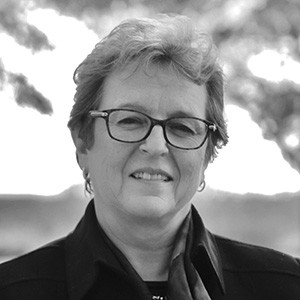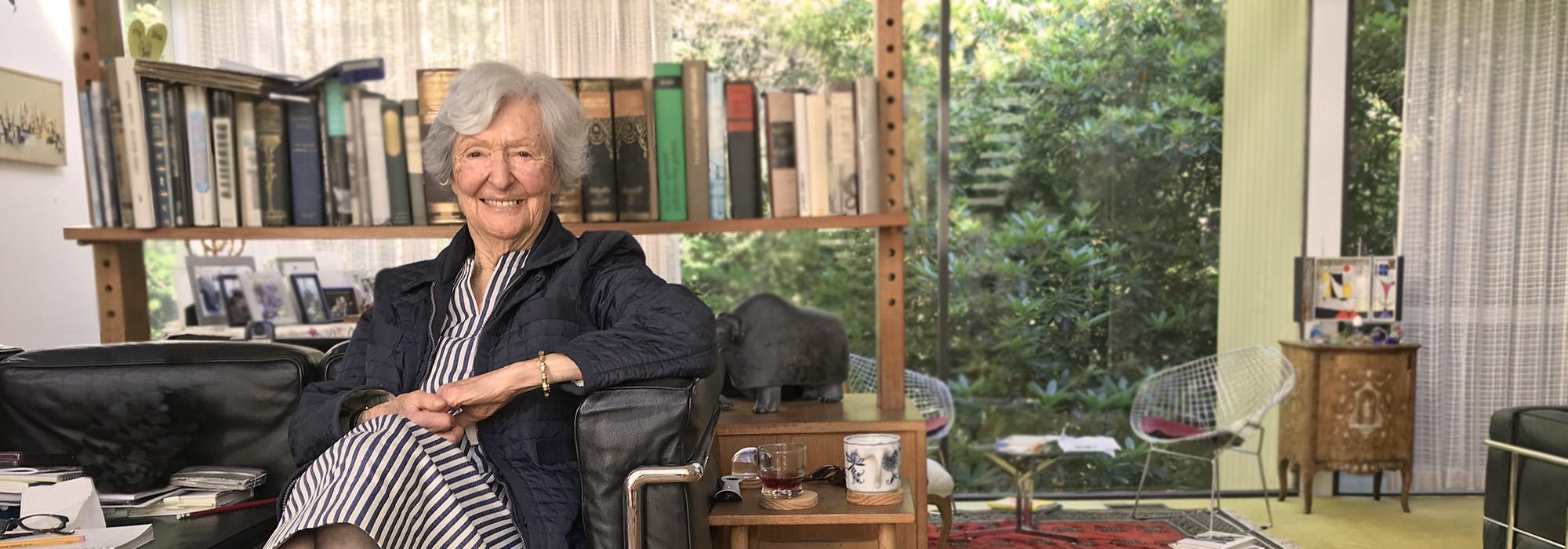Adele Ashkar

Adele Ashkar, FASLA, is the associate dean for academic excellence at the George Washington University’s College of Professional Studies, where she oversees the academic offerings of the college, including degree programs for working adults and career changers. Ms. Ashkar earned a B.F.A. in landscape architecture at the Rhode Island School of Design and an M.L.A. at Harvard University’s Graduate School of Design. She practiced at the Office of Dan Kiley in Charlotte, Vermont, then at the multidisciplinary design firm HOK in New York and Washington, D.C. She is coauthor of Someday in the Park with George: National Ideas Competition for the Washington Monument Grounds and Time: Space: Landscape Architecture in the Nation’s Capital.
As director of the Landscape Design Program at the George Washington University, Ms. Ashkar launched a master’s degree program in sustainable landscapes, expanding the boundaries of traditional practice and teaching. She teaches design studio courses and co-teaches the foundational interdisciplinary course Introduction to Sustainability with colleagues from law, humanities, geography, biology, and public health. She is very active in academic and campus-wide sustainability initiatives at the university, where she recently led faculty and students in creating guidelines for transforming the Foggy Bottom campus into a sustainable, regenerative landscape. She has been an unflagging public advocate for landscape architecture and sustainable design.
Statement: I never knew Cornelia Hahn Oberlander personally, although I have met her several times over the years. But in listening to her oral history and reading her interviews with The Cultural Landscape Foundation, I see clearly how she has paved the way for women landscape architects of my generation. In particular, a number of her professional and personal experiences have struck very deep chords with me. From her early childhood memory of discovering landscape architecture because “her mother knew landscape architects,” which was my own experience, to her description of working under the direction of Dan Kiley, I found deep personal connections to Cornelia. My first job out of the GSD was indeed working for Dan Kiley in the farmhouse in Charlotte, Vermont—and he seemed not to have changed a bit in the 30 years since Cornelia had worked under his direction.
I also feel very strongly that collaboration between the design and construction professions is the key to creating buildings and grounds with clear concepts and visual, as well as functional, indoor-outdoor balance and continuity. Dan Kiley’s philosophy certainly supported this, and I was lucky enough, after leaving his practice, to work at HOK in New York, where collaboration was built into the firm’s approach to projects. And as with Cornelia’s experience, I often found that I was the only woman around the table at project meetings. A lot of things have changed since those days, but so many of Cornelia’s beliefs are still fundamental to practicing landscape architecture that matters in people’s lives, whether we work around boardroom tables or at our clients’ kitchen tables. Our profession is lucky to count a pioneer like Cornelia among our models.



